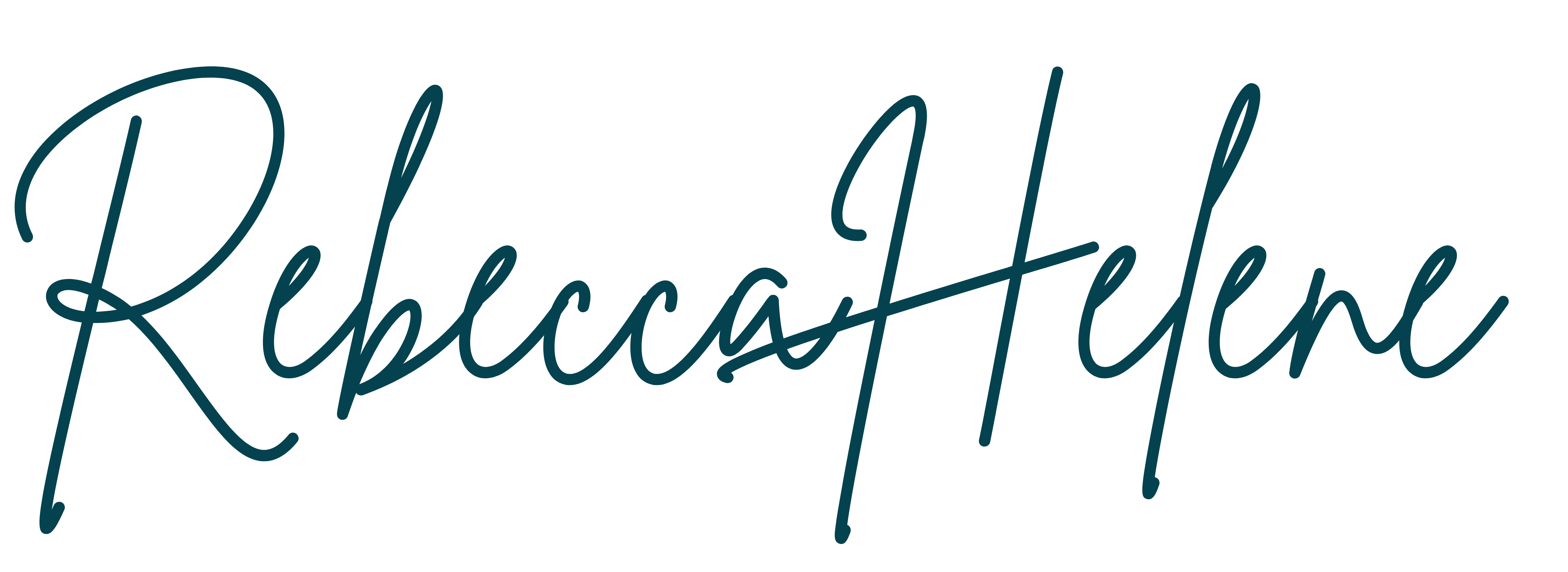DISCLOSURE: THIS POST MAY CONTAIN AFFILIATE LINKS, MEANING I GET A COMMISSION IF YOU DECIDE TO MAKE A PURCHASE THROUGH MY LINKS, AT NO COST TO YOU. PLEASE READ MY DISCLOSURE FOR MORE INFO.
Many people write about Lifestyle Design as an effect of the FIRE Movement and as the opposite of a business career. I believe you can be a Corporate Climber and still benefit from the values of Lifestyle Design.
“Lifestyle design” can mean a lot of things to a lot of people. In the most modern sense – the one that includes digital nomads and location independence – it’s a movement that encourages people to decide what they want most in life and how to shape habits, routines and priorities to ultimately reach that goal – and reach it now.
The basic premise is to override what our generation has grown to understand as the norm: go to college, get a job, work hard for 40+ years, save for retirement, and then ultimately be able to spend your days in Palm Beach, appreciative of all the hard work you did to get you there.
But this next generation is realizing that tomorrow isn’t promised, and if you don’t have your happiness and health, you might not make it to see retirement days. As technology changes and corporate loyalty wanes, millennials are becoming disenchanted with the would-be benefits of corporate climbing – the retirement age continues to increase, Social Security continues to decrease, and Pension Plans are nearly extinct in most industries.
So now thought leaders like Tim Ferriss in his book “4-Hour Workweek” are sparking excitement for self-starters and encouraging us to really think about what it is we want in life, and how we can get it today (or at least take that first baby step today!)
Lifestyle design, then, is finding work that fits in with your goals and personal dreams, rather than trying to squeeze in your dreams outside of office hours.
For instance, if somebody asked me what my dream job is, I’d crack a huge smile before saying, “Pay me to travel and lounge on a sunny beach all day.” And Lifestyle Design as we are coming to know it today now would have you think, “OK, so how can we make that happen?”
Now, I may not be jumping into a “no work, all play, here’s your paycheck” scenario like that anytime soon, but it’s the next part that’s important.
You see, the historic school of thought is, “Work hard, and you will have the money to travel once you retire, and maybe buy that beach house you’ve always wanted.”
The new school of thought is, “If that’s what makes you happy, how can you incorporate it into your life now, and why defer it any longer?”
“If that’s what makes you happy, how can you incorporate it into your life now, and why defer it any longer?”
If your deepest desire is to spend more time at the beach, is there a way to work from the beach more often now? Could you speak to your boss about relocation options, or working from home on Fridays (and then take your laptop to a beachside bistro?) Could you afford to take a financial pay cut to gain even more happiness accepting a beachside job in the hospitality industry?

If your deepest desire is to spend all the time you can with your family – parents, spouse, children, whoever – then the question is how do you make that happen?
If you are working hard all day at an office to provide the best life for your children, but then you come home exhausted, irritable and with no flexibility to ever take time off to spend with them, is that worth it?
Lifestyle Design around these goals might make you reevalute how much money you “need” and what tradeoffs you are no longer willing to make for that incremental amount. Or it might incorporate building a family-owned and operated business, where you all work twice as hard but get the time and connectivity of togetherness that is most important to you.
A decade ago, there was a lot of talk about finding your Passion and your Purpose. While those conversations are still in effect today, the current Lifestyle Design movement modernizes those concepts and creates a holistic impression around your top priorities so you can find balance today and not always think “I hope one day I can…”
Many people write about Lifestyle Design as an effect of the FIRE Movement and as the opposite of a business career. I believe you can be a Corporate Climber and still benefit from the values of Lifestyle Design.
“Lifestyle design” can mean a lot of things to a lot of people. In the most modern sense – the one that includes digital nomads and location independence – it’s a movement that encourages people to decide what they want most in life and how to shape habits, routines and priorities to ultimately reach that goal – and reach it now.
The basic premise is to override what our generation has grown to understand as the norm: go to college, get a job, work hard for 40+ years, save for retirement, and then ultimately be able to spend your days in Palm Beach, appreciative of all the hard work you did to get you there.
But this next generation is realizing that tomorrow isn’t promised, and if you don’t have your happiness and health, you might not make it to see retirement days. As technology changes and corporate loyalty wanes, millennials are becoming disenchanted with the would-be benefits of corporate climbing – the retirement age continues to increase, Social Security continues to decrease, and Pension Plans are nearly extinct in most industries.
So now thought leaders like Tim Ferriss in his book “4-Hour Workweek” are sparking excitement for self-starters and encouraging us to really think about what it is we want in life, and how we can get it today (or at least take that first baby step today!)
Lifestyle design, then, is finding work that fits in with your goals and personal dreams, rather than trying to squeeze in your dreams outside of office hours.
[click_to_tweet tweet=”Lifestyle design is finding work that fits in with your goals and personal dreams, rather than trying to squeeze in your dreams outside of office hours.” quote=”Lifestyle design, then, is finding work that fits in with your goals and personal dreams, rather than trying to squeeze in your dreams outside of office hours.”]
For instance, if somebody asked me what my dream job is, I’d crack a huge smile before saying, “Pay me to travel and lounge on a sunny beach all day.” And Lifestyle Design as we are coming to know it today now would have you think, “OK, so how can we make that happen?”
Now, I may not be jumping into a “no work, all play, here’s your paycheck” scenario like that anytime soon, but it’s the next part that’s important.
You see, the historic school of thought is, “Work hard, and you will have the money to travel once you retire, and maybe buy that beach house you’ve always wanted.”
The new school of thought is, “If that’s what makes you happy, how can you incorporate it into your life now, and why defer it any longer?”
“If that’s what makes you happy, how can you incorporate it into your life now, and why defer it any longer?”
If your deepest desire is to spend more time at the beach, is there a way to work from the beach more often now? Could you speak to your boss about relocation options, or working from home on Fridays (and then take your laptop to a beachside bistro?) Could you afford to take a financial pay cut to gain even more happiness accepting a beachside job in the hospitality industry?
If your deepest desire is to spend all the time you can with your family – parents, spouse, children, whoever – then the question is how do you make that happen?
If you are working hard all day at an office to provide the best life for your children, but then you come home exhausted, irritable and with no flexibility to ever take time off to spend with them, is that worth it?
Lifestyle Design around these goals might make you reevalute how much money you “need” and what tradeoffs you are no longer willing to make for that incremental amount. Or it might incorporate building a family-owned and operated business, where you all work twice as hard but get the time and connectivity of togetherness that is most important to you.
A decade ago, there was a lot of talk about finding your Passion and your Purpose. While those conversations are still in effect today, the current Lifestyle Design movement modernizes those concepts and creates a holistic impression around your top priorities so you can find balance today and not always think “I hope one day I can…”


 I create resources for female entrepreneurs and career-driven women striving to break out of their comfort zones and through the glass ceiling.
I create resources for female entrepreneurs and career-driven women striving to break out of their comfort zones and through the glass ceiling.


